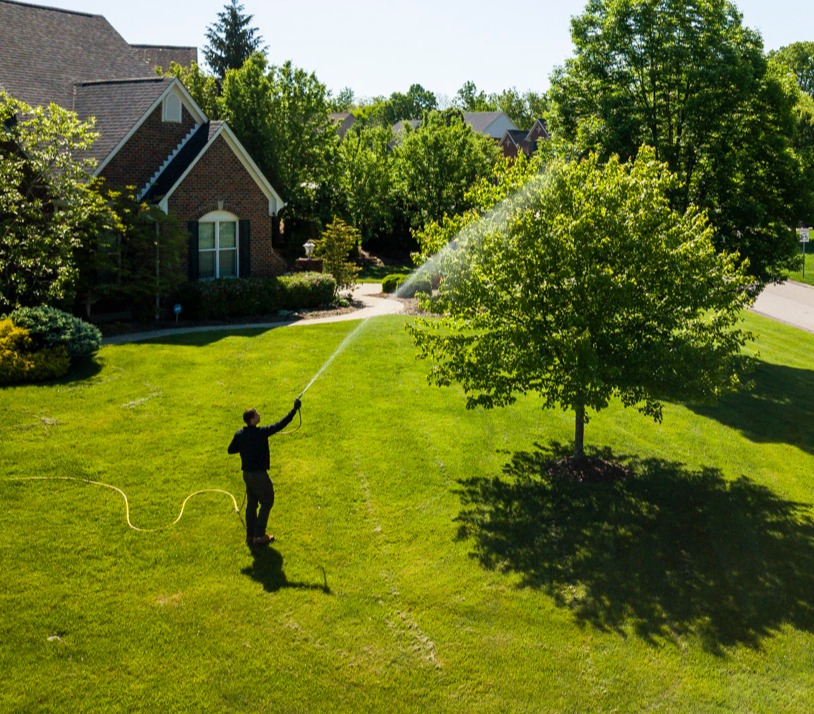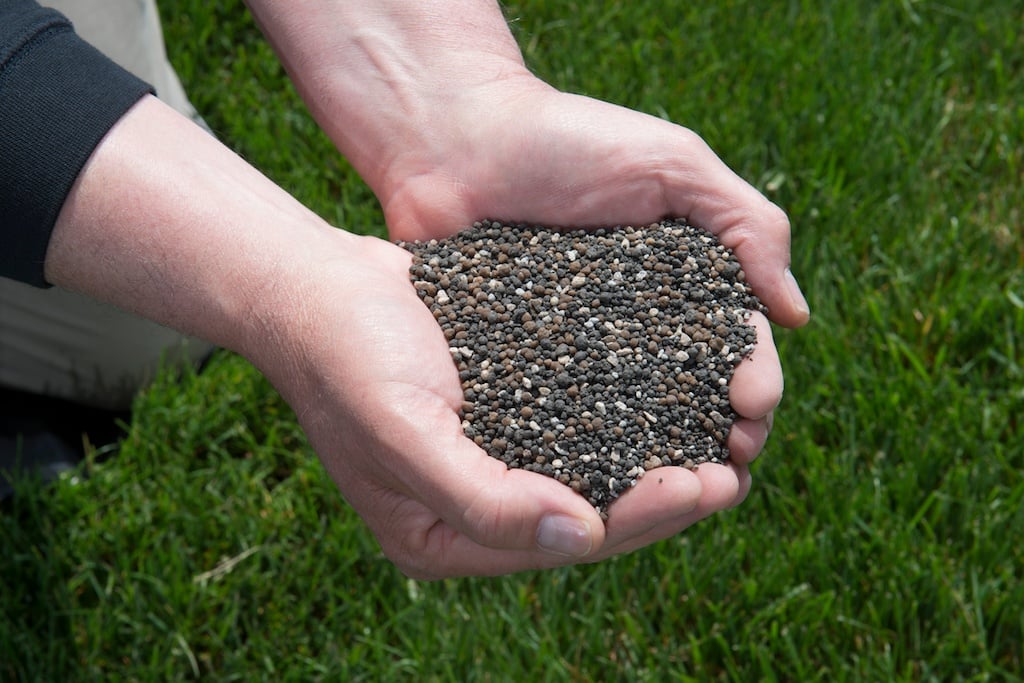
Morning Glory is an annual flowering vine plant that grows quickly and can easily climb trellises and other structures. It can be a beautiful addition to a garden, depending on who you ask. Common morning glory flowers are considered desirable plants by many, but having them in the garden can be a challenge for a variety of reasons. Some prefer to get rid of them completely to avoid potential problems.
Is Morning Glory a weed or a flower?
The common morning glory (Ipomoea purpurea) is a plant with flowers that come in a variety of different shades. Its flowers open in the morning and wither in the evening from summer to fall. Its vines can grow up to about 10 feet wide in a season and over 8 feet tall.
What does morning glory look like?
It is easily identified by its trumpet-shaped flowers that come in shades such as blue, pink, white and purple, and its green leaves are heart-shaped. The seed pods look like an acorn without the «hat», and each pod usually contains multiple black seeds in a triangle shape.
The common bluebell is not a bindweed
Both the bluebell and the bindweed are part of the Convolvulaceae family. It’s easy to confuse the two, made even more difficult by the way field bindweed is often referred to as morning glory or morning glory weed. Bindweed, an invasive perennial weed, also has trumpet-shaped flowers that are usually pink or white and smaller than common morning glory flowers.
Their deep roots, which can grow up to several feet, can make them difficult to remove and remove, whether you try to pull out the roots or kill the weeds with herbicides. It is also drought tolerant and can easily outcompete vegetation, such as vegetables and flowers, that you want to have in your garden undisturbed.
There are usually a few ways to differentiate between the two, the most obvious being their leaves. While morning glory has heart-shaped leaves, bindweed (Convolvulus arvensis) has arrowhead-shaped leaves that are narrower than those of the flowering plant.
The most common types of morning glory
Although Ipomoea purpurea is a type of morning glory species in the genus Ipomoea, there are hundreds of other species. Many people are probably also familiar with the species Ipomoea nil. Grandpa Ott (Ipomoea nil), Scarlett O’Hara (Ipomoea nil), Crimson Rambler (Ipomoea purpurea) and Kniola’s Black (Ipomoea purpurea) are some great types you may recognize.
Why remove morning glory?
Common morning glory weeds can strangle other plants if left uncontrolled and can grow quickly over a wide area. Another problem is that they reseed themselves every year and have poisonous seeds, but the actual flowers are not poisonous. This can cause problems for curious children, especially if they manage to eat a large number of the small triangle-shaped seeds. Some animals, such as birds and butterflies, love the flowers, but the seeds are also toxic to pets, including cats, horses, and dogs. Hallucinations are one of the symptoms of toxicity.
The potential toxicity can be especially concerning for homeowners who have pets that roam freely around the property. Removing snowdrops can help eliminate temptation, especially before the plants continue to grow rapidly and develop more seed pods.
How to kill morning glory
The best thing you can do is try to pull the common morning glory by the roots, but the good news is that its roots are not as difficult to remove as those of the bindweed. One of the biggest problems when trying to kill the bluebell is that it continually reseeds itself as the pods fall to the ground and split open, so it is vital to collect the pods and seeds that fall to the ground in the process or that They have already fallen to the ground. Try not to leave any behind. Considering the small size of the seeds and their color, this can be incredibly complicated.
Once you’ve pulled the morning glory from the roots and collected the seeds and pods, don’t simply toss them to another part of the garden or to the side, even temporarily. They should be placed immediately in a sturdy garbage bag that will not accidentally tear or inadvertently scatter small dark seeds all over the garden as you put them in the trash can.
How to Prevent Morning Glory from Spreading
If you want to prevent morning glory from growing (or growing again), you should catch it when it first sprouts, or at least as soon as you notice it, regardless of its height and how much it has grown. . Considering how quickly it can grow, it’s not a task you want to put off. If you’ve already gotten to the point where there are seed pods, make sure none fall to the ground as you pull up the plants. Depending on the situation, additional control methods, such as using landscaping fabric or a thick layer of mulch, may also be helpful.
Simply cutting the common bellflower or cutting it at the soil line will not work. Pull out the roots as much as you can. However, know that this is probably not a one-time process. You may have to continue the task repeatedly for an indefinite period of time, even if it seems like you accomplished everything the first time.
When it comes to dealing with morning glory or, worse yet, bindweed, know that you are not alone. We have extensive experience managing and removing both, so we can put together a plan that can help you with your particular situation. Call Lawn Doctor as soon as you notice the sprouting problem so we can begin the process of preventing it from spreading, especially if he has fruits, vegetables, and other flowers nearby that he wants to help protect.







